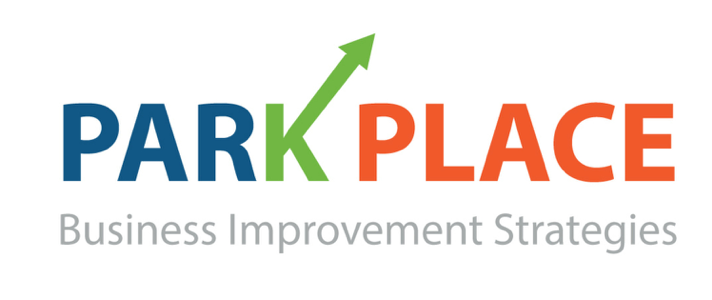Managing Cash Flow Step 3: Invoice More Accurately
WELCOME TO STEP 3 OF OUR CASH FLOW SERIES…
6 STEPS TO MANAGING CASH FLOW PROBLEMS
1. IDENTIFY THE REAL PROBLEM
2. ASK FOR PAYMENT SOONER RATHER THAN LATER
3. INVOICE MORE ACCURATELY, EARLIER AND/OR MORE OFTEN
4. MAKE IT FAST AND EASY FOR YOUR CLIENT TO PAY
5. COLLECT ON YOUR INVOICES
6. STAGGER YOUR MAJOR EXPENSES
3. INVOICE MORE ACCURATELY, EARLIER AND/OR MORE OFTEN
Questions to ask:
If you provide professional services on a ‘project/case’ basis, can you set up certain milestones at which the client expects an invoice?
If this is an ongoing service, can you invoice weekly or bi-weekly rather than monthly?
Can you set a standard for when your invoices are sent?
FIRST, LET’S TAKE A LOOK AT YOUR TIMEKEEPING PROCESS:
Time is ideally collected daily, but at a minimum it should be collected once a week. Any longer than that and I guarantee that you are under billing your clients. If you don’t quite remember how much time was spent, odds are you will under- rather than over-report the time. The closer the timesheet is completed to when the work is done improves the accuracy of the billing time to perfection.
Tom Rouse of Thomas Rouse Law strongly recommends tracking your time HOURLY. But if you are dedicated to precise timekeeping that leads to highly accurate invoicing, consider using an appointment book that allows you to track your time in 15 minute increments.
NOW LET’S THINK ABOUT INVOICING EARLIER AND MORE OFTEN:
Invoicing should be done at least once each week. The timesheet should contain a check box (or other notation) that indicates a matter has been completed and the client should be invoiced this week. There is no reason to invoice only once each month.
Set a standard for when your invoices should be sent. For example, all invoices are to be sent within 5 business days of the completion of the work. No need to wait until the beginning of the month to send all invoices.
If you provide services on a project or case basis, set up certain milestones at which the client knows to expect an invoice. There is really no need to wait until the matter has been completely resolved.
If you are providing an ongoing service, invoice weekly or bi-weekly rather than monthly. Clients may well welcome the opportunity to pay in smaller chunks.
Greta Walker of Hoffman, Walker & Smith suggests thinking about a retainer as "first and last month's rent" by dividing it between initial services and final services. As the first portion begins to run out, the client can be made aware that while there is money remaining to cover standard final costs, additional payment is required for any and all additional hours needed to resolve the case.
Michelle Reid of Strauss Troy suggests utilizing draft bills to keep clients informed about the impending depletion of their retainer. Draft bills should provide details about the possible ways in which the remainder of a retainer can be used.
Each of these suggestions would allow clients to answer the questions:
How do you want the remainder of your retainer spent?
Do you understand that more money is needed for additional services?
These suggestions also allow clients the time and opportunity to make financial arrangements while safeguarding you from working hours that may not be paid.
Free Consultation
No matter what challenges your business is facing, or will face in the future, we are always here to help with a free 1-hour consultation on a business topic of your choice.
CASH FLOW BEST PRACTICES
Revisit pricing twice a year
Implement a strong marketing plan to bring in the right clients
Ask for & collect payment as close to the time the service is performed as possible
Secure a retainer when appropriate
Track your time hourly
Compile time weekly, include information about what is ready to be invoiced
Invoice once a week
Make it fast & easy for clients to pay by utilizing appropriate electronic tools
Manage A/R weekly with a simple collections plan
Create an expense payment plan that fits with the ebb and flow of your income

